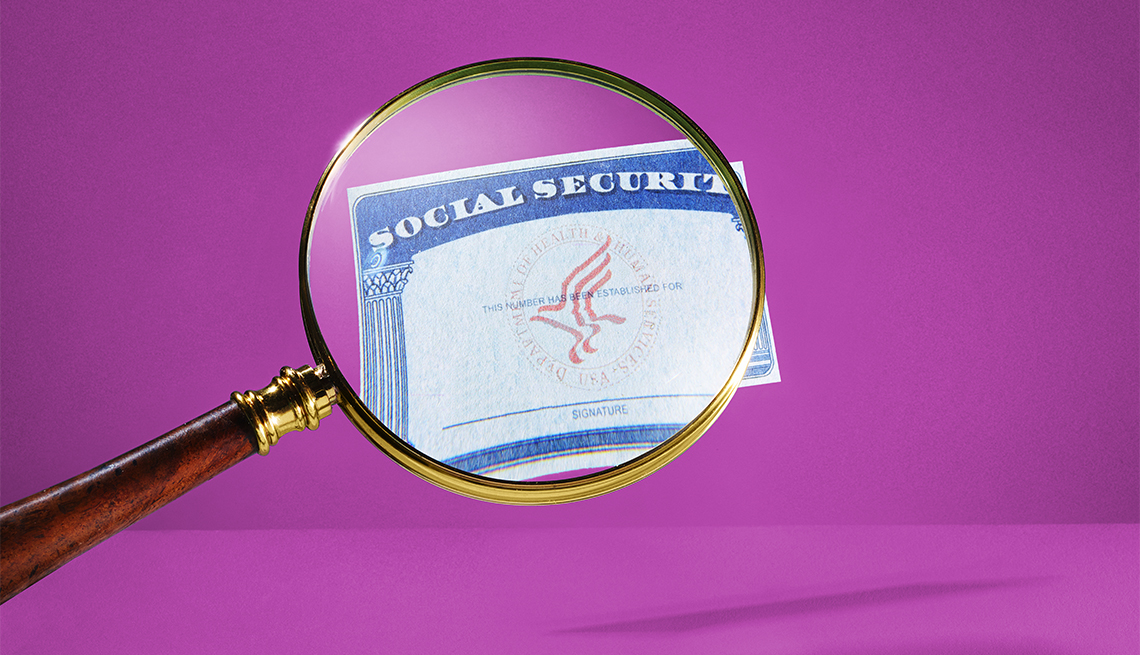
Ticket to Work is a Social Security-led employment program designed to reduce or end the reliance on benefit payments for people with disabilities.
It offers training, career counseling, job referrals and other services to help people with disabilities enter or return to the workforce and become more financially independent. The program is open to most people ages 18 to 64 who are receiving Social Security Disability Insurance (SSDI) or Supplemental Security Income (SSI).
Participation is voluntary and free. In conjunction with other Social Security work incentives, you can continue receiving disability benefits and the health care that comes with them while transitioning into stable employment.
Public and private workforce-development organizations that partner with the Social Security Administration (SSA) provide Ticket to Work services and supports. The program has two main types of providers:
- Employment Networks (EN): Employers, nonprofit organizations, government agencies or combinations of these that deliver or coordinate services for Ticket to Work participants, including training, career advice, job placement and workplace support.
- Vocational Rehabilitation agencies (VR): State-level agencies that provide education, skills training, workplace accommodation and other aid for people who need more significant services to make it possible for them to work. Beneficiaries who complete a VR program may shift to an EN to get continued support.
As of April 2021, about 318,000 beneficiaries were participating in Ticket to Work, and more than 1.5 million people have been through the program since its launch in 2002, according to the SSA.
Getting started
If you are interested in Ticket to Work, call 866-968-7842, Social Security's toll-free beneficiary help line for the program. An agent can provide information on how it works, answer questions and send you a list of available service providers. You also can use the program's online Find Help tool to locate and contact ENs and VRs in your area.
Once you've selected a provider — or, as Social Security puts it, assigned them your “ticket” — you work with them to identify employment goals and develop a plan to reach them. Social Security used to send out actual paper tickets to participants, but the term is now symbolic, representing SSA's agreement to pay your EN or VR for its services.
The ticket entitles you to a wide range of assistance in preparing for, finding and keeping a job. It also obligates you to take specific steps within a time frame that Social Security sets to complete the education, training or work goals set out in your plan.
As long as you are in Ticket to Work and making progress toward your goals, you will not be subject to a medical continuing disability review, the periodic check the SSA does to determine if you still meet its medical criteria to be considered disabled.
A Ticket to Work program can last up to seven years. Social Security does an annual review to assess whether you're making timely progress toward your vocational goals. You won't necessarily be drummed out of the program if you're not, but the SSA will resume checking on your medical disability status.
You'll find an overview of the program in the SSA's Your Ticket to Work brochure and detailed information on its Ticket to Work website, including articles, webinars, online tutorials and other resources to help you understand and use the program.
Effect on benefits
Because the SSA defines disability largely as an inability to do most work, it sets strict limits on income for SSDI recipients. You lose your benefits if you perform what Social Security calls “substantial gainful activity,” which in 2021 means work that pays more than $1,310 a month, $2,190 if you are blind.
But Social Security also understands that going back to work from a period of disability is no easy task, and that some people may not succeed. So, for SSDI beneficiaries, it has a trial work period when you can test your job potential without losing benefits, no matter how much you earn.
The trial period covers nine months of work, which can be spread out over five years. That means your benefits can continue while you are in Ticket to Work preparing for and, for a time, doing a new job.
If you achieve stable work at pay over the substantial gainful activity limit, you'll stop getting regular payments, but Social Security has provisions for benefits to resume without having to reapply if your income dips back below the cap or your medical condition forces you back out for work for an extended period or permanently.
You also can continue to get Medicare, to which most SSDI beneficiaries are entitled, for at least 8 1/2 years after you return to work (including the nine months of your trial work period), as long as your medical condition still meets Social Security's definition of disability. after your trial work period, even if you are no longer collecting benefits because of your earnings from work.
Ticket to Work services include benefits counseling to help you better understand how program participation and, ultimately, employment will affect your benefit payments and health care.
"work" - Google News
May 01, 2021 at 11:03AM
https://ift.tt/2Ra4F6O
What is Social Security's Ticket to Work Program? - AARP
"work" - Google News
https://ift.tt/3bUEaYA
Bagikan Berita Ini














0 Response to "What is Social Security's Ticket to Work Program? - AARP"
Post a Comment